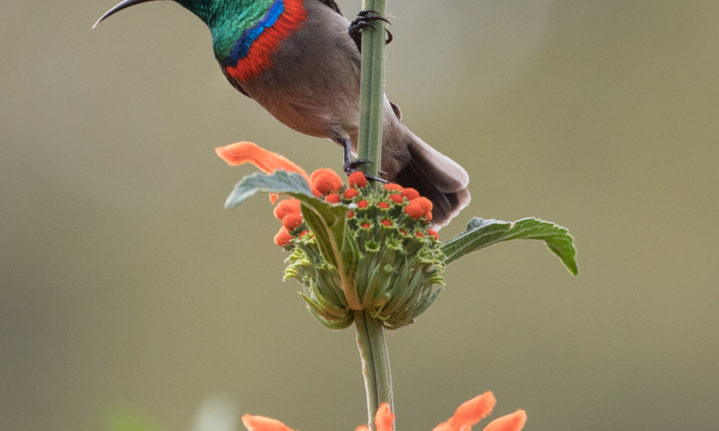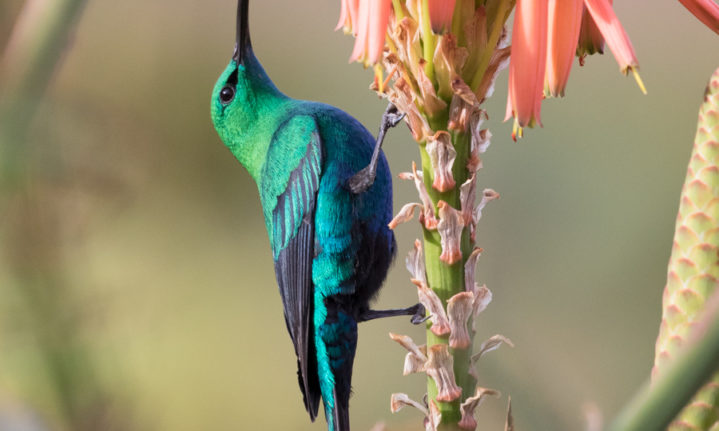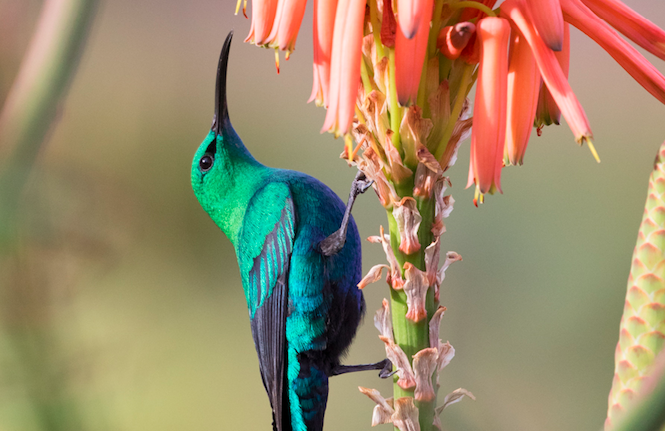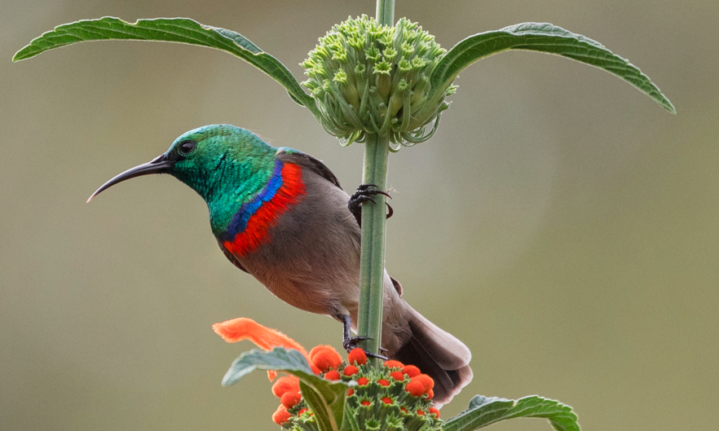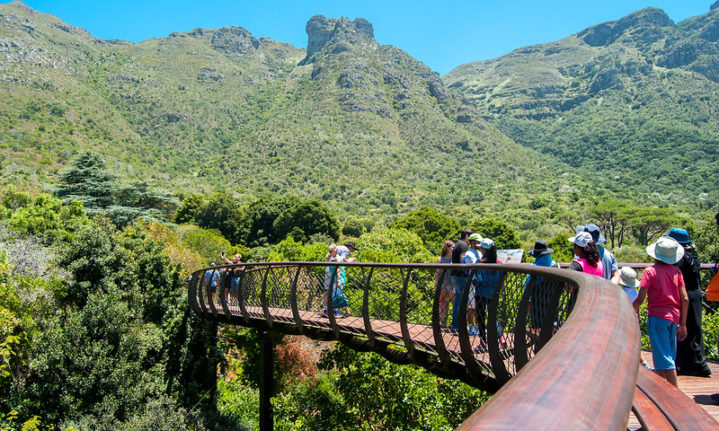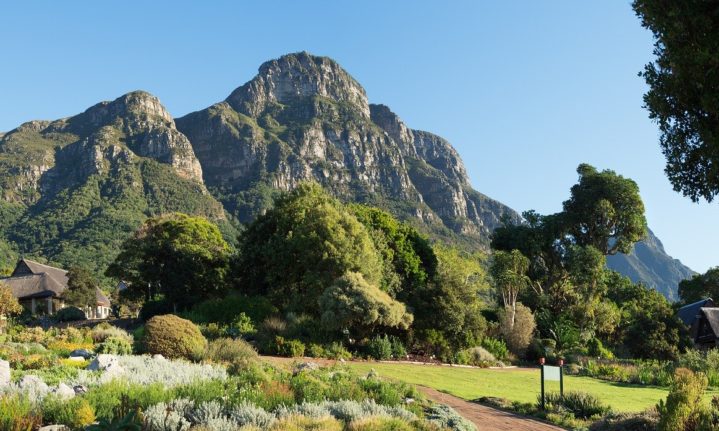Kirstenbosch Botanical Gardens in Cape Town celebrated its 108th year of existence as the incredible park we know and love on July 1. We take a look at how it came to be, and which dazzling plants and animals you’ll come across.
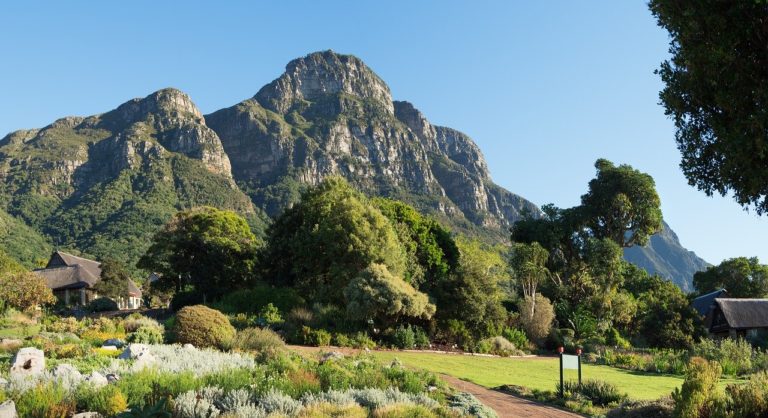
“You have produced some of the most beautiful and rare flora that this world will ever see,” the Gardens wrote on their Instagram page. “We are in awe of your beauty and splendour. Happy 108’th birthday Kirstenbosch.
“A special thanks to all the staff, gardeners, volunteers, botanists, @botsocsa, @sanbi_za that keep this grande old lady safe and thriving. Thanks to @kirstenbosch_garden_centre, @moyo_kirstenbosch, @fynkosdeli for your friendly service. And thanks to you, friends of Kirstenbosch,” they concluded.
Fauna and Flora
The gardens cover 528 hectares and houses 6,200 species of nearly exclusively native Cape fynbos. It’s also a birder’s paradise, with 125 species recorded including the sugarbird, sunbird and the African dusky flycatcher. If you are extremely lucky, you might even come across other animals like the grysbok, caracal, or small spotted genet.
Kirstenbosch is world-renowned and has been awarded a list of formal accolades, including level 4 accreditation by The ArbNet Arboretum Accreditation Program and The Morton Arboretum. This is the highest level of accreditation, positioning Kirstenbosch as one of 30 gardens in the world to have this status.
The area also hosts various hiking and walking trails leading to some spectacular scenery.

The newly created Boomslang Canopy Walkway. Credit Meraj Chhaya – Flickr
History
The founder of Kirstenbosch, British-born botanist Harold Pearson came to South Africa in 1903 to chair the Botany Department at the South African College.
In 1913 and after much scouting, the Government set aside the estate of Kirstenbosch to establish a National Botanic Garden. The Botanical Society was formed on 10 June 1913, with its aims to encourage the public to get involved in the development of Kirstenbosch, to augment the Government grants, to organise botanical shows, and educate the public.
The Garden’s Board of Trustees appointed Pearson as Honorary Director (with no salary) in June of 1913 and on July 1 of that year, Kirstenbosch was officially handed over to Trustees and was able to open to the public.
Photo series

A southern double-collared sunbird finds a colourful perch. Credit: Anton Crone

Malachite sunbirds are particularly active in winter when the aloes bloom. Credit: Anton Crone
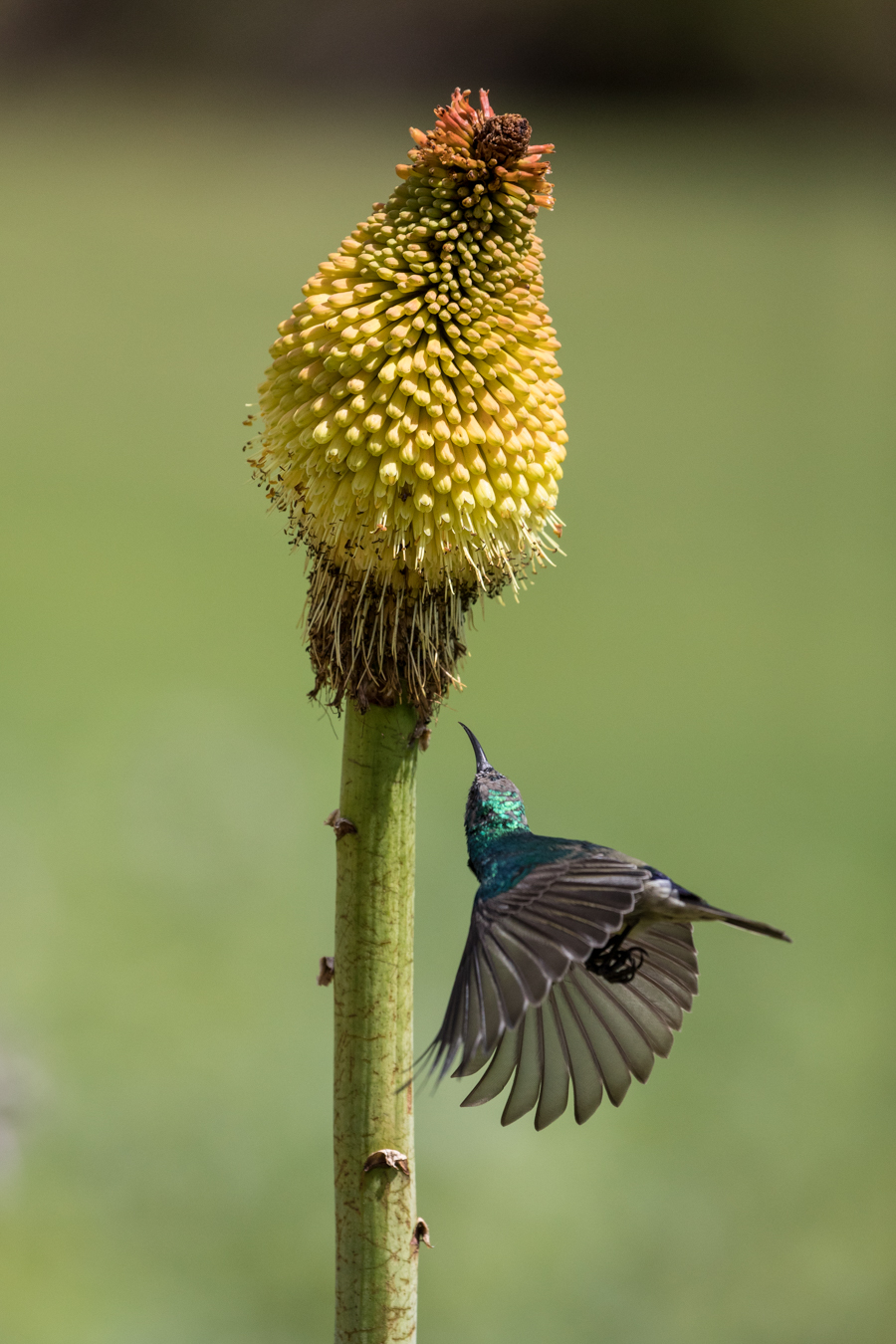
A southern double-collared sunbird makes a pit stop. Credit:Anton Crone

The Mandela’s Gold strelitzia was originally named Kirstenbosch Gold before its renamining in 1996. This rare plant is carefully hand-polinated to build up the species.
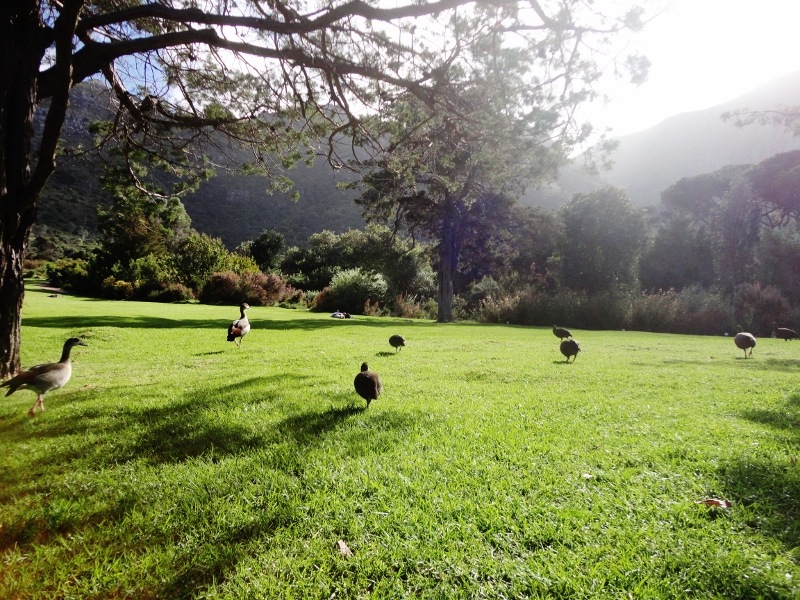
Guinea Fowl headed for higher pastures at Kirstenbosch Gardens.

Credit: Sally Rundle
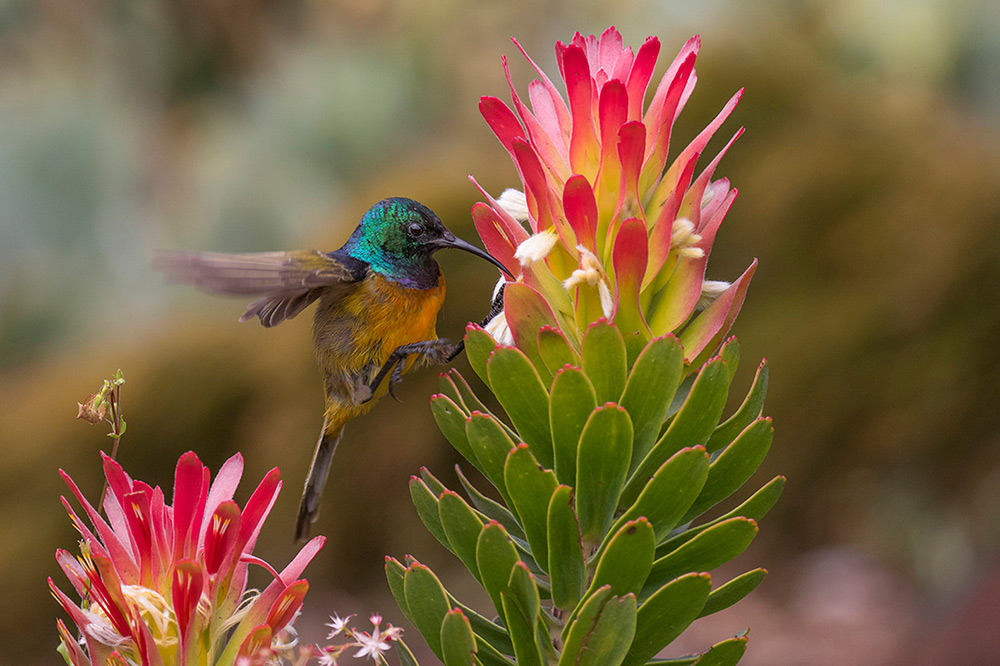
Orange-breasted sunbird. Credit: Braeme Holland
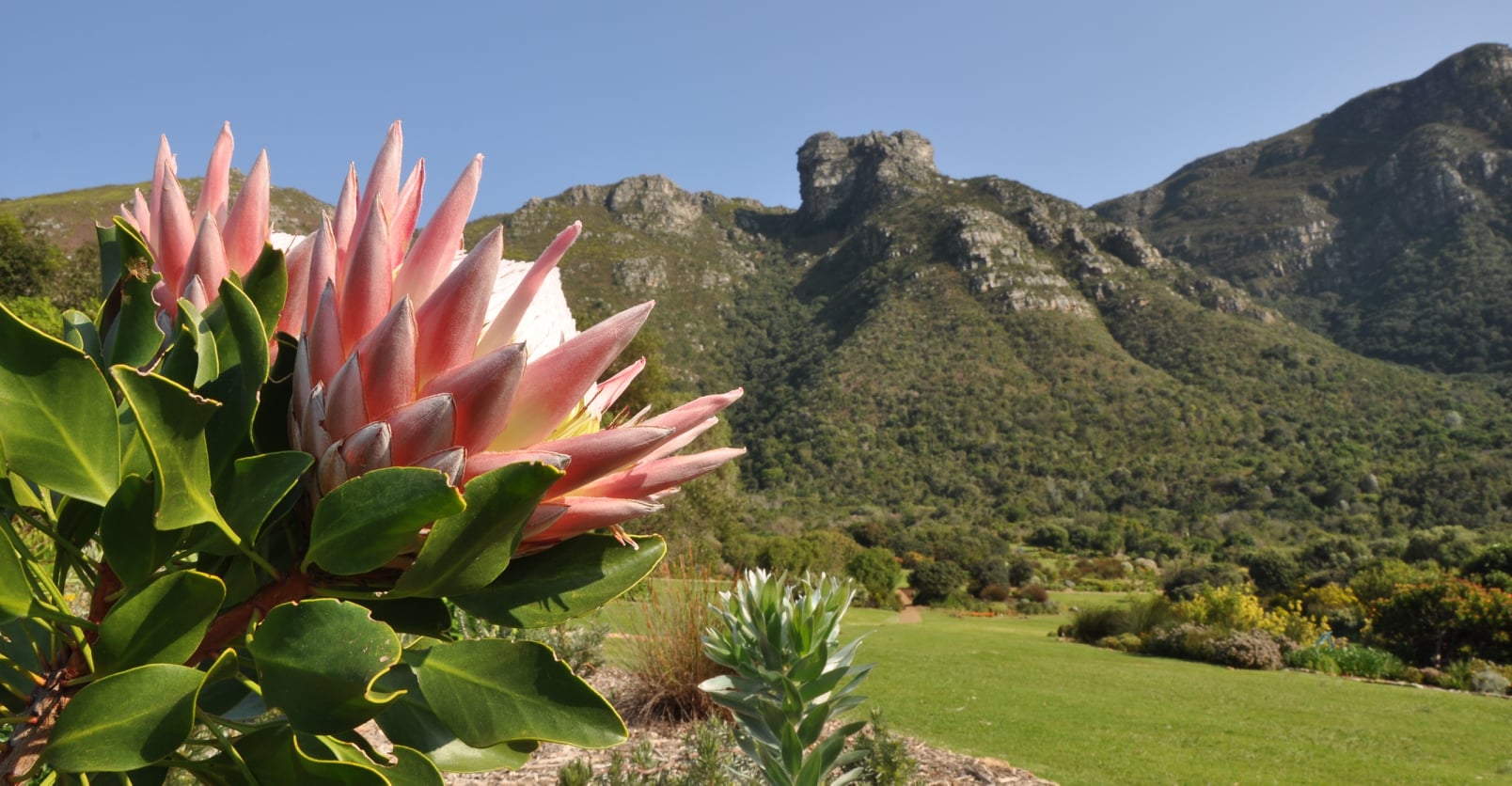
The king protea has the largest flower head in the genus.
Information
- Adult (South African resident with ID): R80
- Adult (foreign): R200
- Child age 6-17: R25
- Child age 0 -5: Free
- South African Student (with student card): R45
- Seniors (South African resident with ID): Free on Tuesdays excluding public holidays
ALSO READ:
Kirstenbosch makes list of beautiful botanical gardens around the world











